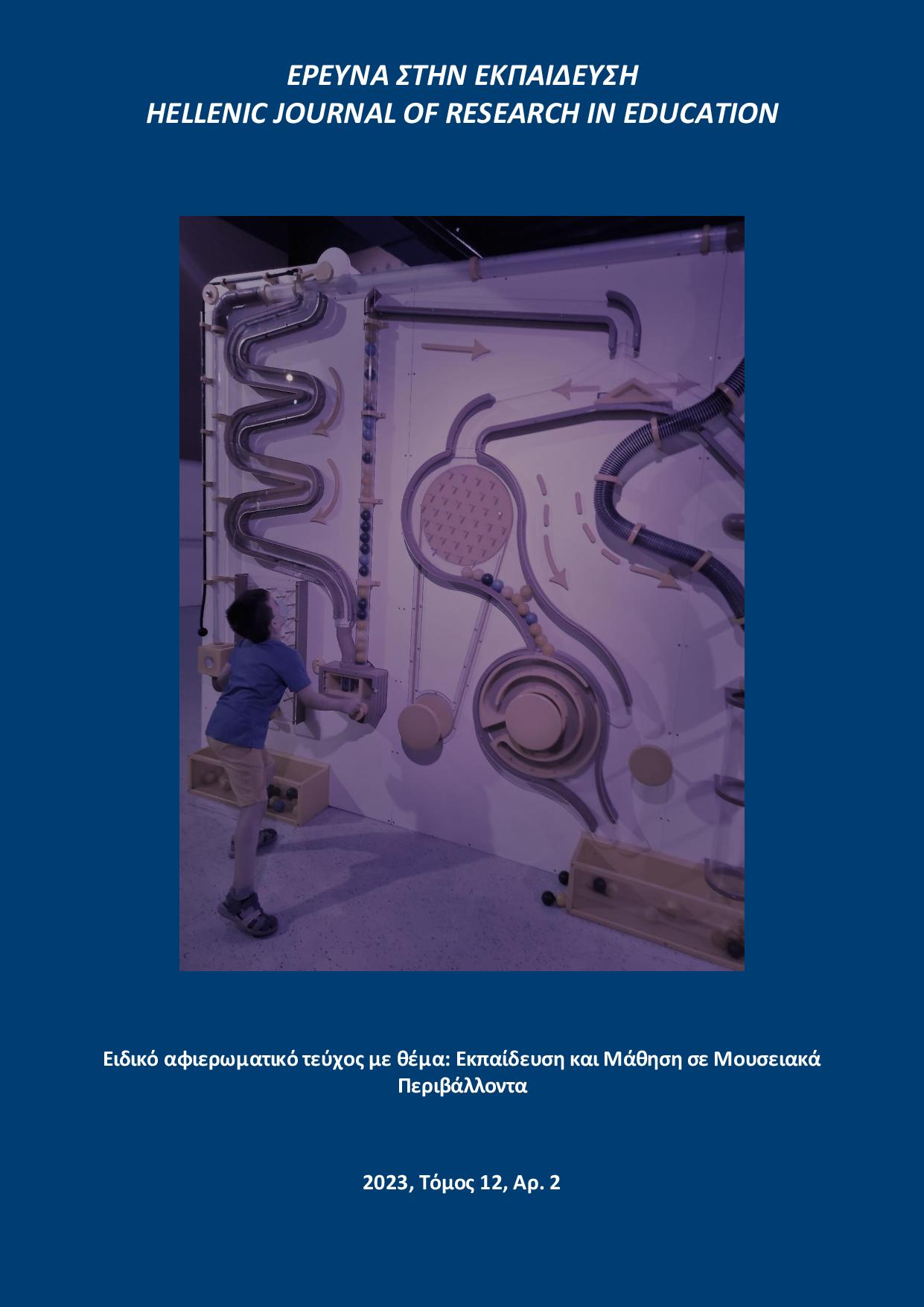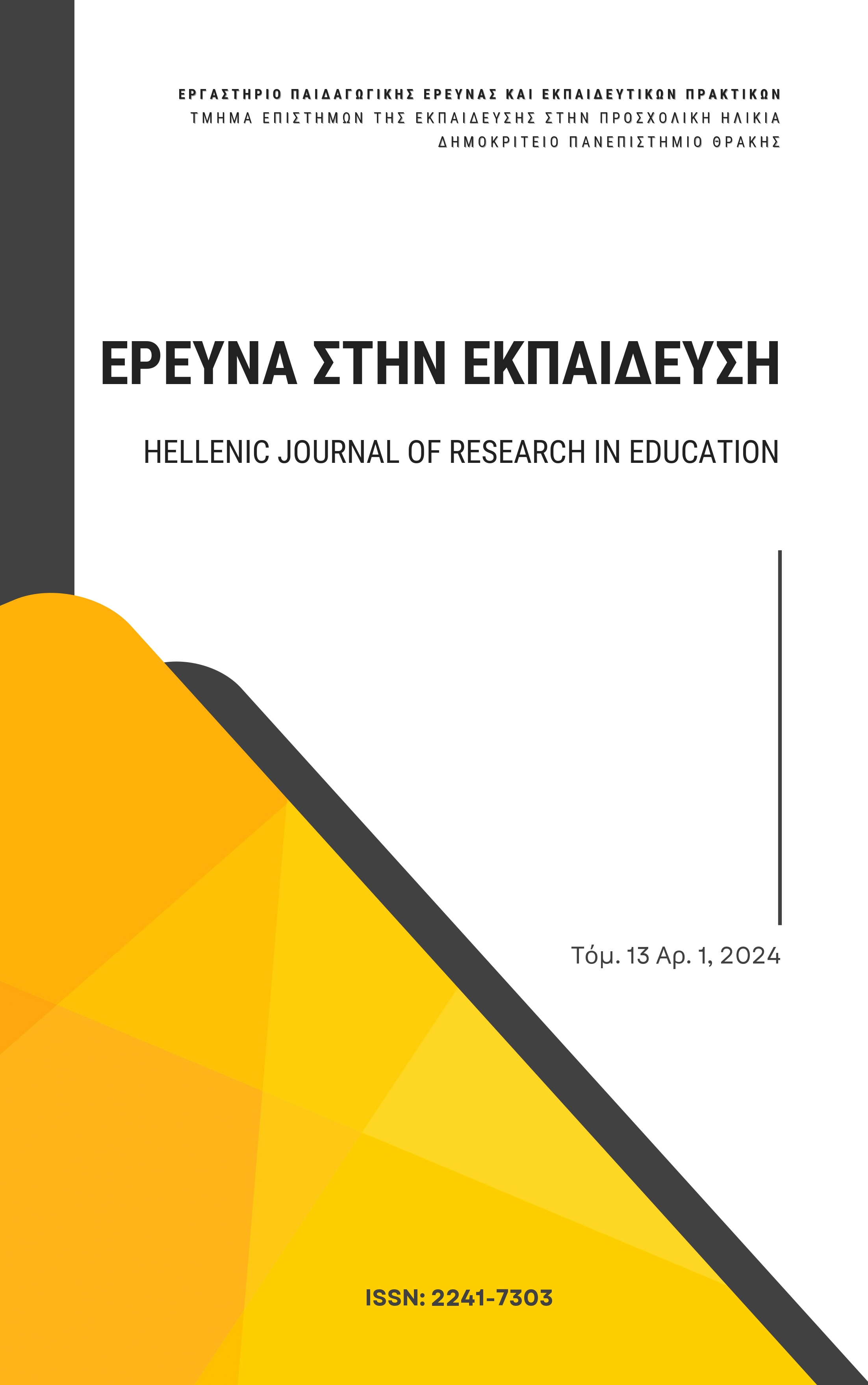Προς μια ολιστική θεώρηση της προσβασιμότητας και της συμμετοχής ατόμων με αναπηρία στο μουσείο υπό το πρίσμα της μουσειακής εμπειρίας και μάθησης

Περίληψη
Η παρούσα θεωρητική εργασία εστιάζει στα άτομα με αναπηρία και τα μουσεία και επιχειρεί μια συνθετική προσέγγιση της αλληλεξάρτησης και της αλληλεπιδραστικής δυναμικής των φραγμών πρόσβασης που αντιμετωπίζουν διαφορετικοί άνθρωποι με διαφορετικές αναπηρίες στα μουσεία και της επίδρασης των φραγμών αυτών στην, επίσης, αλληλεπιδραστική φύση της μουσειακής εμπειρίας και μάθησης. Επιπλέον, παρουσιάζονται τα βασικά θεωρητικά μοντέλα του Καθολικού Σχεδιασμού και του Καθολικού Σχεδιασμού για τη Μάθηση και η εφαρμογή τους στον μουσειακό χώρο υπό το πρίσμα των χαρακτηριστικών και των «ποιοτήτων» της μουσειακής εμπειρίας και μάθησης. Μέσα από την προσέγγιση αυτή αναδεικνύεται η σημασία μιας ολιστικής θεώρησης ζητημάτων προσβασιμότητας και συμμετοχής αλλά και η σπουδαιότητα ανάπτυξης μιας οργανωσιακής κουλτούρας που θα προωθεί βιώσιμες, συμμετοχικές, προσβάσιμες και συμπεριληπτικές εκπαιδευτικές και επικοινωνιακές πρακτικές και διαδικασίες.
Λεπτομέρειες άρθρου
- Πώς να δημιουργήσετε Αναφορές
-
Κανάρη Χ. (2023). Προς μια ολιστική θεώρηση της προσβασιμότητας και της συμμετοχής ατόμων με αναπηρία στο μουσείο υπό το πρίσμα της μουσειακής εμπειρίας και μάθησης . Έρευνα στην Εκπαίδευση, 12(2), 112–132. https://doi.org/10.12681/hjre.34210
- Ενότητα
- Άρθρα

Αυτή η εργασία είναι αδειοδοτημένη υπό το CC Αναφορά Δημιουργού – Μη Εμπορική Χρήση – Παρόμοια Διανομή 4.0.
Τα πνευματικά δικαιώματα των άρθρων του περιοδικού ανήκουν στους συγγραφείς. Τα άρθρα διατίθενται με άδειες Creative Commons CC-BC-SA 4.0



